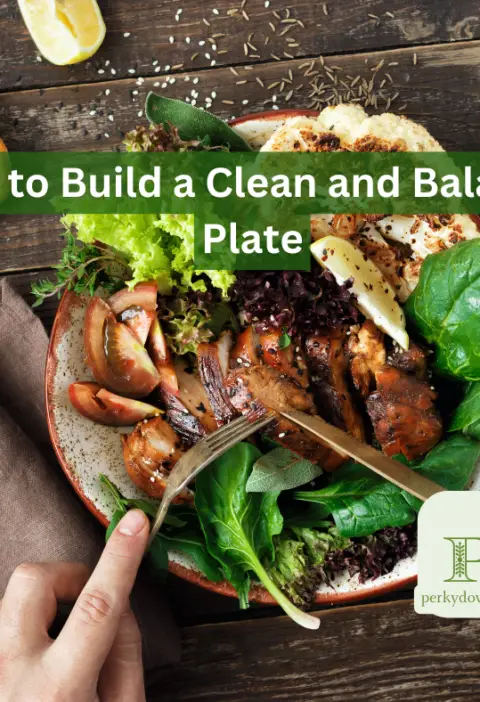Introduction
Your kitchen is the heart of your home, but it can also be a breeding ground for harmful bacteria if not properly managed. Cross-contamination, or the transfer of harmful bacteria from one surface or food item to another, is one of the leading causes of foodborne illnesses. For anyone embracing clean eating and prioritizing food safety, avoiding cross-contamination is a must. In this post, we’ll explore simple, effective ways to keep your kitchen safe and your meals healthy.
What is Cross-Contamination?
Cross-contamination occurs when bacteria or other microorganisms are unintentionally transferred from one substance or object to another. This often happens in the kitchen when raw meats, unwashed produce, or dirty utensils come into contact with ready-to-eat foods. For example:
- Using the same cutting board for raw chicken and vegetables without cleaning it.
- Storing raw seafood above fresh greens, allowing juices to drip.
- Handling raw meat and then touching utensils, countertops, or your fridge handle.
The consequences can range from mild stomach discomfort to severe foodborne illnesses, which is why understanding and preventing cross-contamination is so crucial.
Tips to Prevent Cross-Contamination
1. Separate Foods
- Designate specific cutting boards for different types of food. A color-coded system (e.g., red for meat, green for veggies) can be incredibly helpful.
- Always store raw meat, poultry, and seafood in sealed containers and place them on the lowest shelf of your fridge to prevent juices from dripping onto other foods.
- When shopping, bag raw meats separately to avoid contamination in your grocery bags.
112 Labels & Stand-Up Zipper Candy Bags - 4 Sizes Airtight Smell Proof Bags - Resealable Cookie Bags - 11 MIL Food Storage Bags - Large Ziplock Bags
2. Clean and Sanitize
- Wash utensils, cutting boards, and countertops with hot, soapy water after each use, especially after handling raw foods.
- Disinfect surfaces with food-safe sanitizing sprays or a homemade mixture of 1 part vinegar to 4 parts water.
- Don’t forget hidden spots: clean sink handles, knobs, and cutting board grooves where bacteria might linger.
- 10 Pack Dishwasher Safe Freezer Bags, BPA Free Reusable Bags Silicone, Leakproof Reusable Lunch Bag for Salad Fruit Travel - 2 Gallon 4 Sandwich 4 Snack Bags
3. Store Food Properly
- Use airtight containers to keep raw and cooked foods separate in your refrigerator.
- Label leftovers with dates to ensure you use them before they spoil.
- Follow the “first in, first out” rule to minimize waste and keep your food fresh.
Amazon Basics Glass Locking Lids Food Storage Containers, 14-Piece Set, 7 Count of Bases and 7 Plastic Lids, Clear, Blue
4. Practice Proper Handwashing
- Wash your hands thoroughly with soap and warm water for at least 20 seconds before and after handling food.
- Be mindful of touching your face, phone, or other surfaces during food prep and wash your hands again if you do.
5. Cook Food to Safe Temperatures
- Use a food thermometer to ensure meats are cooked to their recommended internal temperatures:
- Poultry: 165°F (74°C)
- Ground meats: 160°F (71°C)
- Fish: 145°F (63°C)
- Always check multiple areas of the food to ensure even cooking.
Common Missteps to Avoid
Even with the best intentions, small mistakes can lead to cross-contamination. Here are some common pitfalls to watch out for:
- Using the same towel for drying hands and dishes.
- Forgetting to clean faucet handles, refrigerator doors, or knife handles after food prep.
- Overlooking proper storage practices for leftovers.
- Safe for People, Pets, and Plants - Removes Dirt & Residue, No Aftertaste, made in USA with Just Ionized Water & Hypochlorous Acid, 1-Pack...
Closing Thoughts
A safe kitchen is a happy kitchen. With a little effort and attention to detail, you can create an environment where healthy meals flourish and harmful bacteria don’t stand a chance. Remember, the habits you build today will shape a healthier tomorrow.
As the saying goes, “Cleanliness is next to godliness”—and in your kitchen, it’s the key to wellness. 🌿









